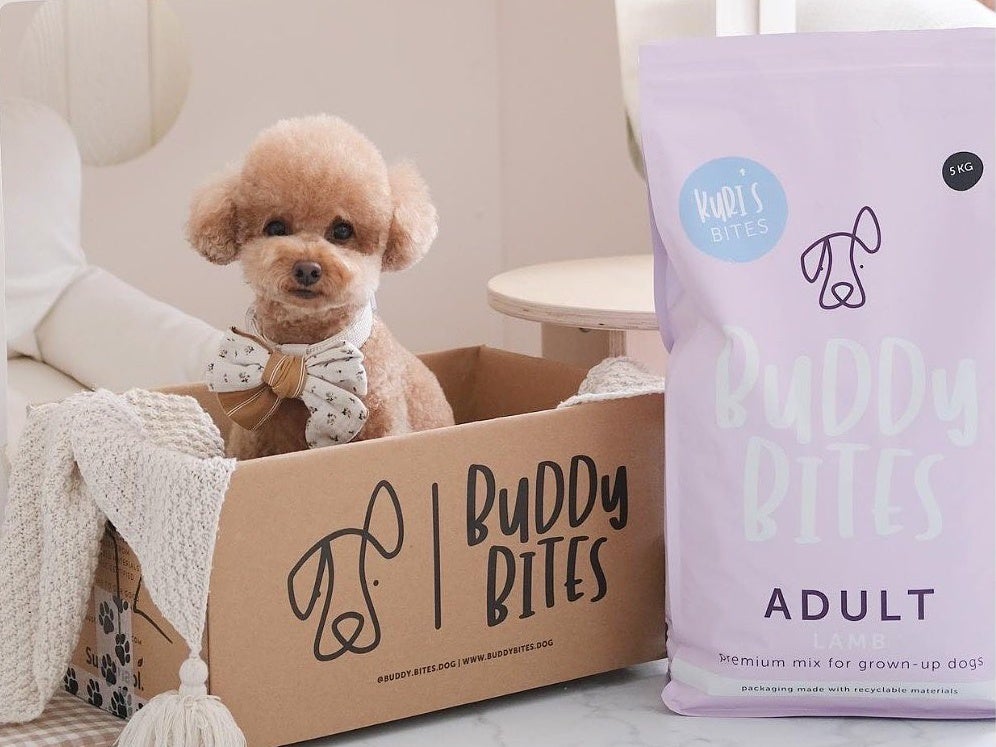

The case for ordering pet food online is clear: it’s a bulky, heavy product and the end consumer doesn’t benefit from an in-store shopping experience (unless, perhaps, there is something to sample).
A lack of incentive to switch food combined with the convenience of online ordering, particularly through subscriptions, has meant direct-to-consumer (D2C) pet food has remained resilient post-pandemic when other e-commerce categories have slumped.
But looking forward, perhaps it is the additional benefit of data collection that could see D2C brands’ long-term success. Having consumer insights allows pet-food brands to personalise their service, develop relevant products and combine regular deliveries with a wider array of healthcare services.
The global pet care market was worth approximately US$121bn last year. Of this, $24.8bn came from online retailers. By 2026, this figure is estimated to shoot to $36.4bn, according to research from GlobalData. Another study predicted that online pet food sales in the US would outpace sales through bricks-and-mortar stores by 2025*.
“There are purchases that are very efficient online,” says Maria Castroviejo, a senior Rabobank analyst who focuses on the consumer foods sector in Europe. “Where you don’t need to browse because you know what you’re going to buy, and where the advantage of having them delivered at home is very big. And this is clearly the case with pet food.
“Despite the general trend to slow down on e-commerce purchases, pet food is likely to be very resilient because the drivers and the benefits of buying it online are very significant and the incentive to switch back to bricks and mortar are relatively low.”
Data, data, data…
The ability to harvest data puts D2C brand owners at a significant advantage over those purely in retail, the companies suggest.
Mark Scott, CEO and co-founder of Scotland-headquartered raw pet-food company Bella and Duke, says data is essential in validating the quality and benefits of his product. Scott and co-founder Tony Ottley set up Bella and Duke in 2017 after both lost young dogs to cancer, and they are on a mission to improve pet health.
Raw pet food is made, as it sounds, with raw ingredients and is usually purchased frozen. Advocates say the diet improves animals’ overall health, energy levels, coat and mess, though there is not yet substantial scientific research on the category.
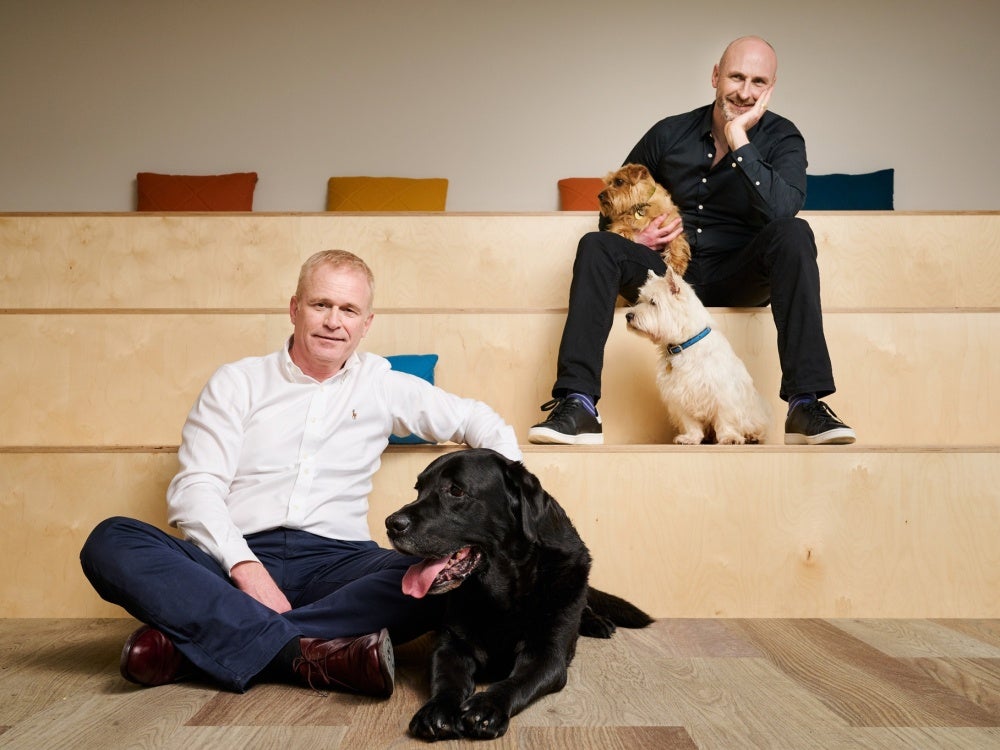
“Raw feeding was on the peripheries when we first started,” Scott says. “People would come to it as a last resort – 70{35112b74ca1a6bc4decb6697edde3f9edcc1b44915f2ccb9995df8df6b4364bc} of our customers are new to raw, so the market is growing.” Five years after launching Bella and Duke, Scott has seen a shift from owners of sick dogs signing up to try raw food, to 50{35112b74ca1a6bc4decb6697edde3f9edcc1b44915f2ccb9995df8df6b4364bc} of new customers owning puppies.
“Over time, I want to see these puppies have lower vet bills and that they’re living longer because we’re feeding them the right thing from the start,” Scott says. “The D2C model allows me to track all these things… Over the course of the next ten to 15 years, we will have so much rich data that will prove what we’re seeing already.”
One of the UK’s largest pet-food subscription brands, Bella and Duke wants to expand into broader health and wellness and is working on a pet-tracking device. “[Health and wellness] is the next stage of evolution and that’s why D2C is so important because I wouldn’t be able to do any of this stuff if I just did retail,” he adds.
Another pet food brand with big data ambitions is India-based e-commerce platform Supertails.com, where its founders recently won funding for D2C pet food brand Henlo. Co-founders Varun Sadana and Vineet Khanna say India is “absolutely nascent when it comes to pet care”, and so they created Supertails.com to support nutrition, healthcare and training. But the “ultimate goal”, they say, is to be a data company.
“When we think about Mars, it doesn’t know which consumer is buying, when are they repeating. We have all the data,” says Sadana. “We feel at the end of the day, we will be a data company more than a pet care company.
“Because we have that leverage, then brands like Mars or Purina will come and say, ‘Hey, I want to advertise on your platform.’ So suddenly there’s a large advertising revenue too.”
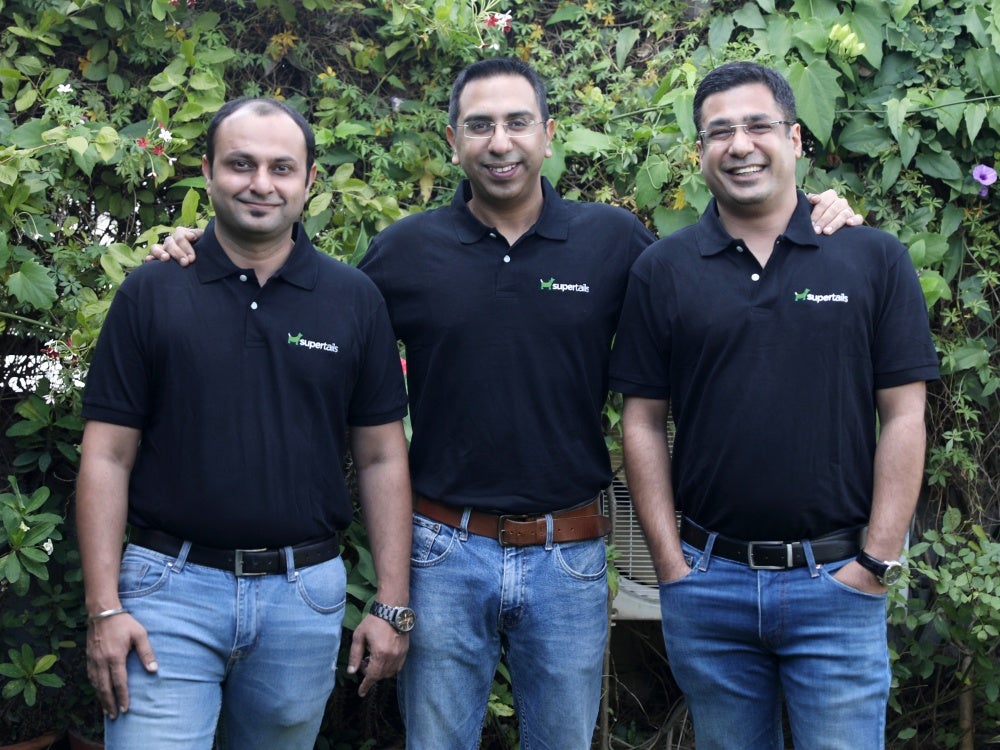
Personalisation
Proponents say data allows brands to send refill reminders, suggest products based on a specific animal – considering factors like their weight, breed and activity levels – and make recommendations based on goals such as weight loss.
US-based pet-food delivery service Ollie was founded in 2016 with the intention to provide healthy pet food conveniently across the country. The food is human grade and “fresh” – although it has recently launched a shelf-stable baked product. CEO Nick Stafford says the company’s mission is “all around driving pet health and longevity”, which comes hand-in-hand with granular pet data.
Stafford says: “We believe it’s really critically important to get calories right so the dog is carrying the right weight for their lives, so that really lends itself to D2C. A D2C relationship has data as part of it, and that data is driving the recommendations.
“Data is a huge part of our business model. It’s where the journey starts. We marry that customer data with the products being provided. So we are building that direct relationship right from the get-go. We know the name of every pet parent, every pet, their weight, their breed, their allergies. We really have some really rich data on those customers.”
Ollie has an app where owners can update pets’ details such as weight, interact with customer services through a live chat function and track deliveries. “The app is helping deliver that personal experience as well. It’s a slightly different form of data but it’s an easier way for a customer to interact with us,” he says.
But he caveats: “Data is an integral part of what we do but we are a nutritional products company so we will use data in very beneficial ways for the customer. It’s always going to be about their health and longevity.”
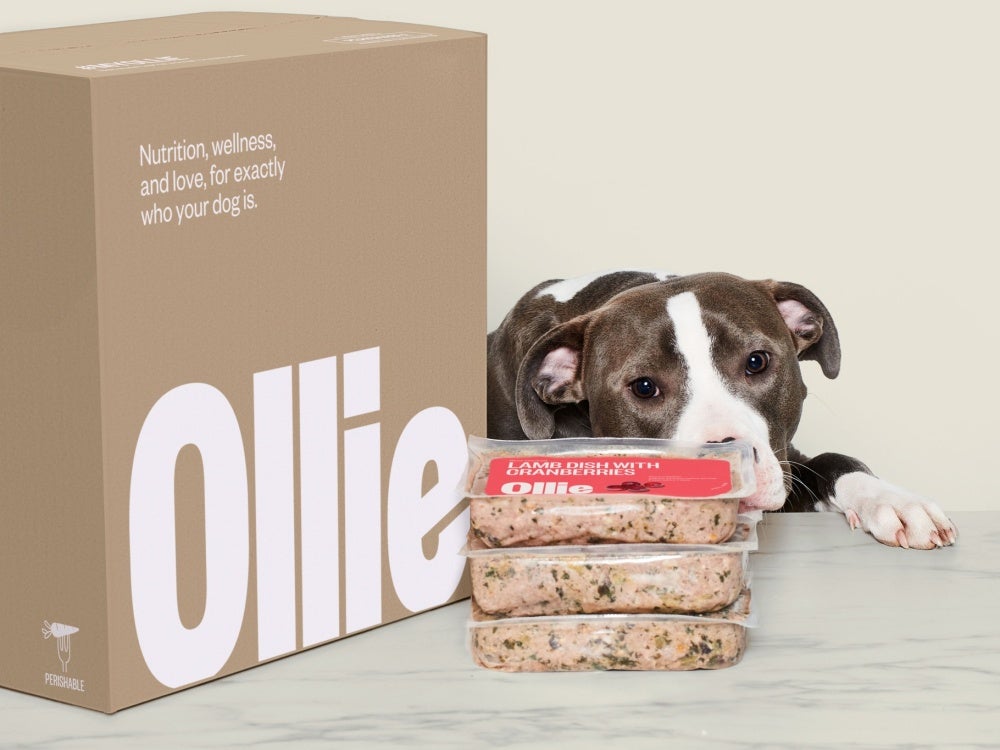
Informing product development
For Hong Kong’s first D2C subscription-based pet food brand, Buddy Bites, data has been invaluable in figuring out consumer needs and developing products. Overall D2C penetration is lower in Hong Kong than in other parts of the world, largely due to the size of the city, and Amazon has no presence there. But co-founder Ryan Black said since starting the company in 2019 online dog food sales have grown from approximately 5{35112b74ca1a6bc4decb6697edde3f9edcc1b44915f2ccb9995df8df6b4364bc} to around 16{35112b74ca1a6bc4decb6697edde3f9edcc1b44915f2ccb9995df8df6b4364bc} in most recent figures.
“[Through D2C] we get some invaluable data about what people like about the product or people don’t like about the product, why people are skipping subscriptions or any sort of issues with the actual subscription model. That data enables us in this early stage of our business to ensure that our product portfolio is right. And you lose that data as soon as you go into retail to some extent.”
Buddy Bites found many pet owners in Hong Kong believed their animals would have a chicken allergy, despite never having been diagnosed with one. It has used this knowledge to inform NPD, bringing out alternative-protein products.
“We need to marry our nutritional expertise and advice with perception… Hong Kong pet owners and dog owners seem to be convinced to a pretty high degree – about 40{35112b74ca1a6bc4decb6697edde3f9edcc1b44915f2ccb9995df8df6b4364bc} – that chicken was the highest allergen within dog food. However, that is not the case. And that’s kind of data that you wouldn’t have if you just purely did research through anywhere else in the world. It has to be specific to your customer base,” Black says.
Subscriptions and loyalty
The lifespan of pets makes long-term D2C food purchasing options enticing for owners and practical for businesses.
Castroviejo is positive about the future of pet-food subscription services but says they are more alluring to new pet owners. “People who are not in a subscription are less likely to change into a subscription,” she says. “But people who take on a new pet or decide to change food may start directly from subscriptions. Subscriptions have a future.”
Stafford says encouraging loyalty by delivering a consistent, quality service is key. “There’s a financial logic to it. We’re a for-profit business and recurring revenue is a really good financial model for a D2C business. We’re less about one-time purchase. That’s a tough business. I really regard ourselves as in the pet-food space but also in the loyalty space. The subscription model and making sure we deliver for the customer every time is a really important part of what we do.”
Prescription diets
One area less accessible to D2C businesses is prescription plans, historically bought through a veterinary practice. Prescription pet food has added ingredients to help with specific ailments or nutrient deficiencies and needs to be medically prescribed.
But e-commerce platforms are finding ways to bridge the gap between medical care and D2C services too. “Longevity” is a buzzword at pet-food companies and many have a pet care element within their brand, whether it involves medical professionals or more generic advice.
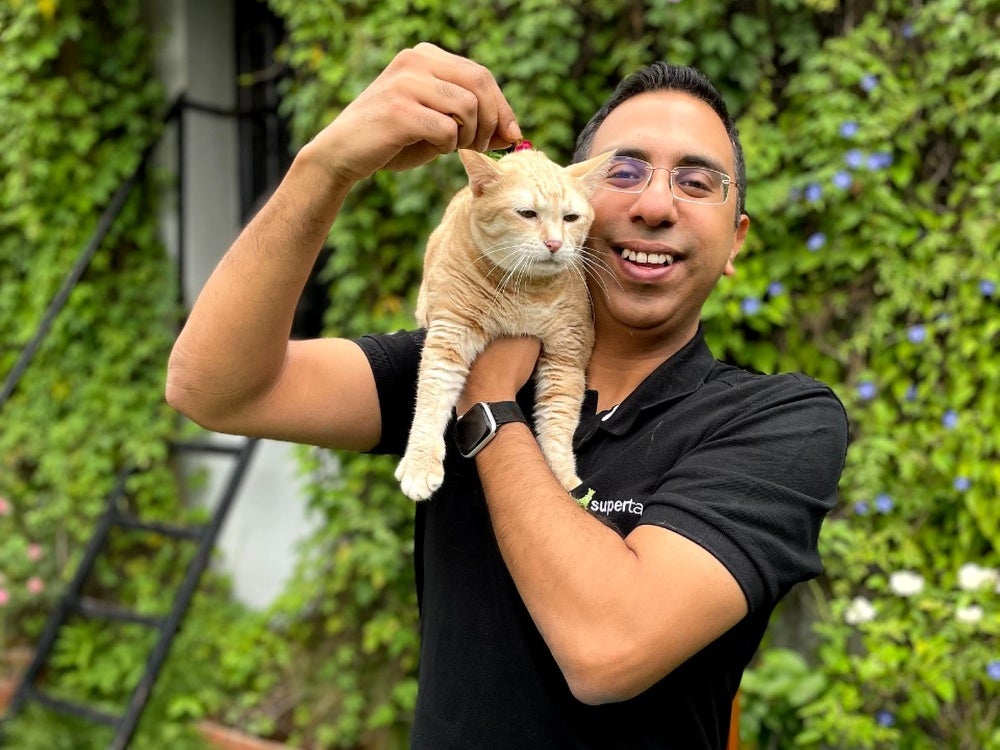
Over the last decade or so animals have shifted from “functional” to “companions” in the Indian psyche, Khanna and Sadana say. The average age of pet owners has dropped and people outside of “top tier” cities (those with a population of more than 100,000) are also getting pets, including in villages. Covid-19 accelerated pet ownership as people searched for companionship amid lockdowns.
But the number of veterinary practices in India is still “very low”, they say. Supertails.com has around 20 vets and ten trainers that work on the platform. The vets issue and renew prescriptions following a virtual assessment, which pet owners use to buy food through the website. Supertails.com is building an online pet pharmacy where customers can book one-to-one video appointments with vets, during which prescriptions can be issued.
“The beauty of it is, whether in the most remote city or somebody sitting in a very high tower in Bombay, everyone gets a very similar service,” Sadana explains. He says of almost 22,000 consultations, more than 93{35112b74ca1a6bc4decb6697edde3f9edcc1b44915f2ccb9995df8df6b4364bc} of issues were solved virtually.
Inflationary pressures
While some categories are seeing consumers trade down in the face of soaring inflation, analysts believe pet food brands will weather well. “Loyalty comes from convenience and lack of incentive to change,” says Castroviejo. “With regard to private label, we may see an increase but it is likely to be very moderate. If you are a unique brand, then they will stay loyal to you. If it’s a mainstream brand, then the pricing has to be competitive,” she adds.
Stafford says: “I think there are there are mixed signs on retail and the recession. We’ve seen no evidence of people moving from an e-commerce channel to a retail channel. I think they offer different values still. I fundamentally believe that there are some purchases that make a lot more sense buying in a retail space than others. I happen to think pet [food] is really great through e-commerce channels.
“I don’t want to downplay retail, as it is still the majority of purchases. It’s still an important part of any brand strategy. Even if you take the most optimistic views of how important D2C and e-commerce is going to be, pet retail is still going to be the majority of the space for the foreseeable future.”
The challenges of switching pet food drive brand loyalty. The risk of an animal rejecting or being allergic to new food could also put people off buying cheaper products, preferring the convenience the extra cost provides.
Stafford says he is “bullish” on the resilience of the D2C channel in the US and e-commerce as a whole. “Pet food is not discretionary, it’s a required purchase. And the thing that’s a little bit different from humans is that if you have food that works for your dog you’re actually less likely to change it. It’s actually quite a transition to change the food,” he says.
D2C businesses are also innovating in logistics and product development to try and bring down costs for consumers. For example, Ollie’s recently launched shelf-stable baked pet food – although not developed in direct response to inflation – allows the brand to offer choice and flexible pricing. “I’ve always felt that you need to offer customers different price points to enjoy an experience,” says Stafford. The baked product is 75{35112b74ca1a6bc4decb6697edde3f9edcc1b44915f2ccb9995df8df6b4364bc} of the cost of fresh, and the two can be mixed and matched when ordering to bring overall cost down.
With the shift to pet ownership being fairly recent in India, so too is the idea – and related household expenditure – of pet food. Around 93{35112b74ca1a6bc4decb6697edde3f9edcc1b44915f2ccb9995df8df6b4364bc} of Indian pet owners feed their animals scraps and leftovers. With this in mind, Henlo’s first product was a “nutrition topper”, a powder that can be added to home-cooked food and bridges the gap between scraps and pet food – also decreasing costs.
Despite the category’s predicted resilience, Bella and Duke’s Scott says he would not want to be setting up a company in the current economic climate. “I think we were fortunate – timing is everything. When we came out of lockdown, a lot of companies lost a lot of business but we didn’t… I think it’s going to be more expensive to recruit customers for the next couple of years. The beauty of where we are is we can flex our marketing spend where we need to. I think having that ability to respond allows us to move quicker than maybe a traditional business.”
Allure of retail
Although still the biggest channel, some D2C-only brands do not seem to be eyeing up retail in the near future.
Scott notes that selling through retail puts added costs on the producer, which can lead to shrinkflation or downgrading ingredients to maintain margins and remain competitive on the shelves. “I think if I was retail-only, I’d have to put my prices up. But because we’re subscription we don’t need to do that. We can manage our costs and still get amazing-quality food because I’m not giving normal margin away.
“What happens is over time is people get squeezed and then they just have to keep making the product lesser quality… We would never do that.”

Black, who used to work in real estate, says launching Buddy Bites as a D2C brand avoided “eyewatering” retail rental costs in Hong Kong. “The way we see it, D2C, when you’re a young brand, is a fantastic opportunity to go above and beyond for customers.” He says the long-term vision will be to find one or two large retail partners to reach a broader audience – but for the moment the company still sees a lot of opportunity for growth in e-commerce.
In India, Sadana said new businesses are increasingly entering the market through e-commerce. “The strategy of new-age D2C brands in India is actually online first, then go to offline,” he says. “Offline is still the largest mediu, but e-commerce is the fastest-growing medium.”
He said in 2015 approximately 4-5{35112b74ca1a6bc4decb6697edde3f9edcc1b44915f2ccb9995df8df6b4364bc} of packaged pet food purchases were D2C in India, which has leapt to 25{35112b74ca1a6bc4decb6697edde3f9edcc1b44915f2ccb9995df8df6b4364bc} in 2022. “All the tailwinds in this category talk about e-commerce’s share growing to more than 50{35112b74ca1a6bc4decb6697edde3f9edcc1b44915f2ccb9995df8df6b4364bc} in the next five years.” But Khanna adds “never say never” when it comes to entering retail someday.
Building a brand without retail
Ollie delivers to every mainland state in the US, with five “fulfillment centers” across the country from which food is shipped. But how difficult is it to build a brand without a presence in physical stores? “Our focus is being the best-regarded pet food when you research online,” says Stafford. “So a lot of the pre-purchase work happens in, say, product review sites and comparison sites.” He said there is a “paid advertising component” but reviews and referrals are equally important.
“At the end of the day, pet parents are very sociable, whether it’s down at the dog park or wherever it might be online, and people share good solutions. There’s also a new generation of pet parents, often referred to as the furbaby generation, and that group is not as active in the retail channel. It is looking for new solutions and is very digitally native. And so that’s a great audience to engage in a non-retail context.”
Scott says it took “a lot of money” to build the Bella and Duke brand, including educating people on raw food. “We built a community – we spent a lot of money on marketing. But we knew that’s what we had to do,” he said. “And that’s without any retail! So if we did decide to go to retail and then you did see Bella and Duke you’d go ‘Wow, I’ve seen this company so many times and I want to try it.’”
Our unwaning affection for animals coupled with busier lives and quest for convenience places D2C pet food brands in a competitive position.
Analysts predict the category will remain resilient in the face of inflation, with pet owners even sacrificing their own comfort for the sake of their pets.
With basic practicalities aside, there is huge potential for growth thanks to the data e-commerce and subscriptions gather. Looking forward, D2C brands will be able to use their data to personalize the pet food experience in a way near impossible in retail. The question is, which market could see online purchases surpass retail first?
“Humanisation” in pet food bounds along amid premium-led growth
*According to Packaged Facts report: U.S. Pet Market Update: Pet Food Focus, 2021








